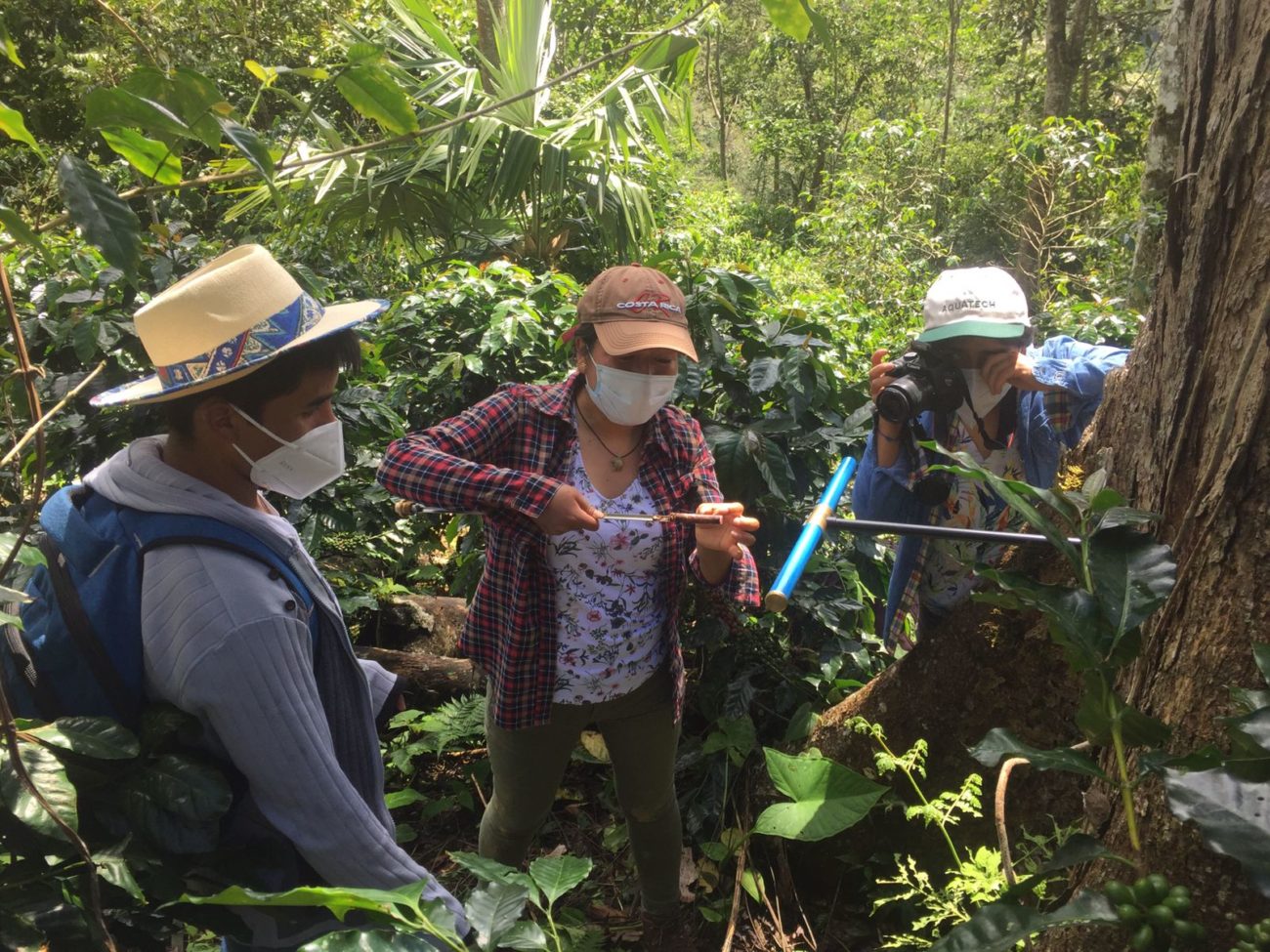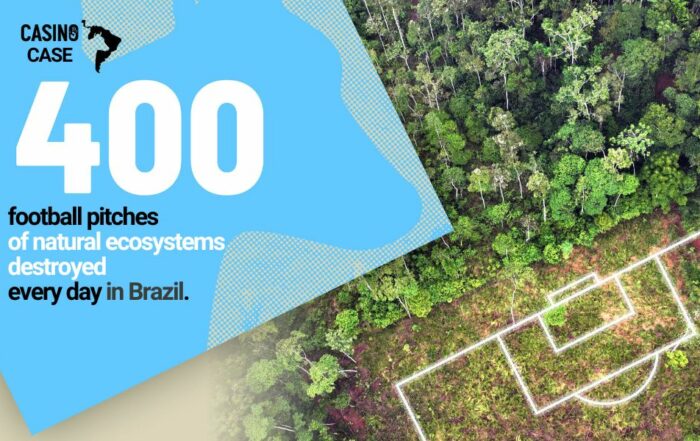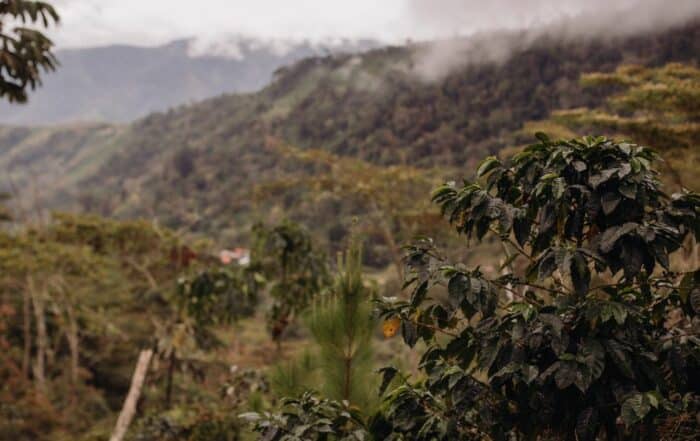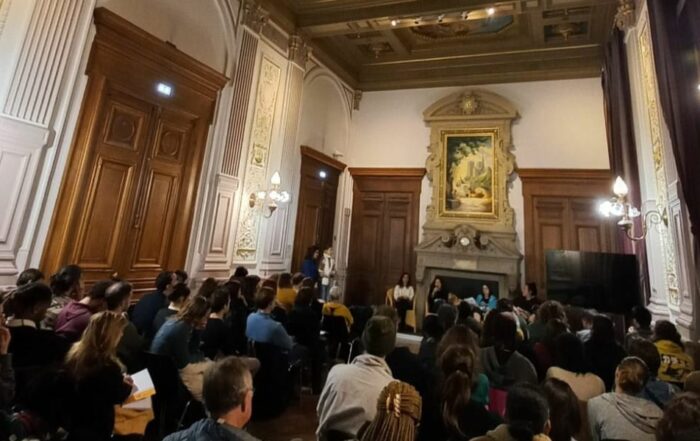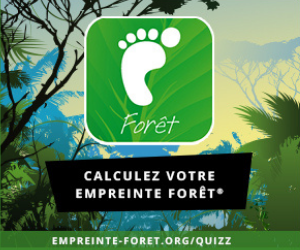At the end of April, we received a team of researchers from the Continental University of Huancayo in Pichanaki. Gaby, the main coordinator, and two of her colleagues accompanied us on a visit to the farm of Jesus Gamarra. Jesus, preserves almost ten hectares of forest in addition to some emblematic trees that he has kept for decades in his coffee plots. Jesus is an emblematic figure of the village of Pampa Azangaro and one of the oldest participants in the project.
The aim of Gaby and his colleagues was to collect wood samples in order to be able to accurately identify the age as well as the genus and species of certain trees in the Selva Central. All of the data collected will be used to create a database for the SERFOR teams’ (National Forestry Service). It will assist them in the control of wood shipments leaving the Selva Central. This is a way of gradually reducing the illegal cutting of endangered trees.
The experiment was repeated for a week in early May. The research team visited a total of four different farms, all belonging to participants in the agroforestry project. This was an opportunity for the farmers to learn more about the conserved trees, but also to realise the importance of their conservation work. It is becoming increasingly rare to find certain specimens and their usefulness for further scientific investigations is really important.
![[AGROCAFE]Extraction échantilon 2 bois Pampa Azangaro_AVRIL2021](https://da1323dc.delivery.rocketcdn.me/wp-content/uploads/2021/06/AGROCAFEExtraction-echantilon-2-bois-Pampa-Azangaro_AVRIL2021-1024x768.jpg)
![[AGROCAFE]Extraction échantilon bois Pampa Azangaro_AVRIL2021](https://da1323dc.delivery.rocketcdn.me/wp-content/uploads/2021/06/AGROCAFEExtraction-echantilon-bois-Pampa-Azangaro_AVRIL2021-1024x768.jpg)
![[AGROCAFE]Echantillon cedre Pampa Azangaro_AVRIL2021](https://da1323dc.delivery.rocketcdn.me/wp-content/uploads/2021/06/AGROCAFEEchantillon-cedre-Pampa-Azangaro_AVRIL2021-1024x768.jpg)
During a future visit, the team of academics will aim to collect botanical samples to perfect the identification. All this information will be shared with the producers, who will then know with certainty which species are available to them. This information is essential for setting up a future seed sales network, a way of combining the conservation of threatened species with economic diversification.
We hope to strengthen this first partnership with the Continental University through further research or by sending student volunteers to carry out environmental monitoring, for example.
At the end of April, we received a team of researchers from the Continental University of Huancayo in Pichanaki. Gaby, the main coordinator, and two of her colleagues accompanied us on a visit to the farm of Jesus Gamarra. Jesus, preserves almost ten hectares of forest in addition to some emblematic trees that he has kept for decades in his coffee plots. Jesus is an emblematic figure of the village of Pampa Azangaro and one of the oldest participants in the project.
The aim of Gaby and his colleagues was to collect wood samples in order to be able to accurately identify the age as well as the genus and species of certain trees in the Selva Central. All of the data collected will be used to create a database for the SERFOR teams’ (National Forestry Service). It will assist them in the control of wood shipments leaving the Selva Central. This is a way of gradually reducing the illegal cutting of endangered trees.
The experiment was repeated for a week in early May. The research team visited a total of four different farms, all belonging to participants in the agroforestry project. This was an opportunity for the farmers to learn more about the conserved trees, but also to realise the importance of their conservation work. It is becoming increasingly rare to find certain specimens and their usefulness for further scientific investigations is really important.
![[AGROCAFE]Extraction échantilon 2 bois Pampa Azangaro_AVRIL2021](https://da1323dc.delivery.rocketcdn.me/wp-content/uploads/2021/06/AGROCAFEExtraction-echantilon-2-bois-Pampa-Azangaro_AVRIL2021-1024x768.jpg)
![[AGROCAFE]Extraction échantilon bois Pampa Azangaro_AVRIL2021](https://da1323dc.delivery.rocketcdn.me/wp-content/uploads/2021/06/AGROCAFEExtraction-echantilon-bois-Pampa-Azangaro_AVRIL2021-1024x768.jpg)
![[AGROCAFE]Echantillon cedre Pampa Azangaro_AVRIL2021](https://da1323dc.delivery.rocketcdn.me/wp-content/uploads/2021/06/AGROCAFEEchantillon-cedre-Pampa-Azangaro_AVRIL2021-1024x768.jpg)
During a future visit, the team of academics will aim to collect botanical samples to perfect the identification. All this information will be shared with the producers, who will then know with certainty which species are available to them. This information is essential for setting up a future seed sales network, a way of combining the conservation of threatened species with economic diversification.
We hope to strengthen this first partnership with the Continental University through further research or by sending student volunteers to carry out environmental monitoring, for example.

